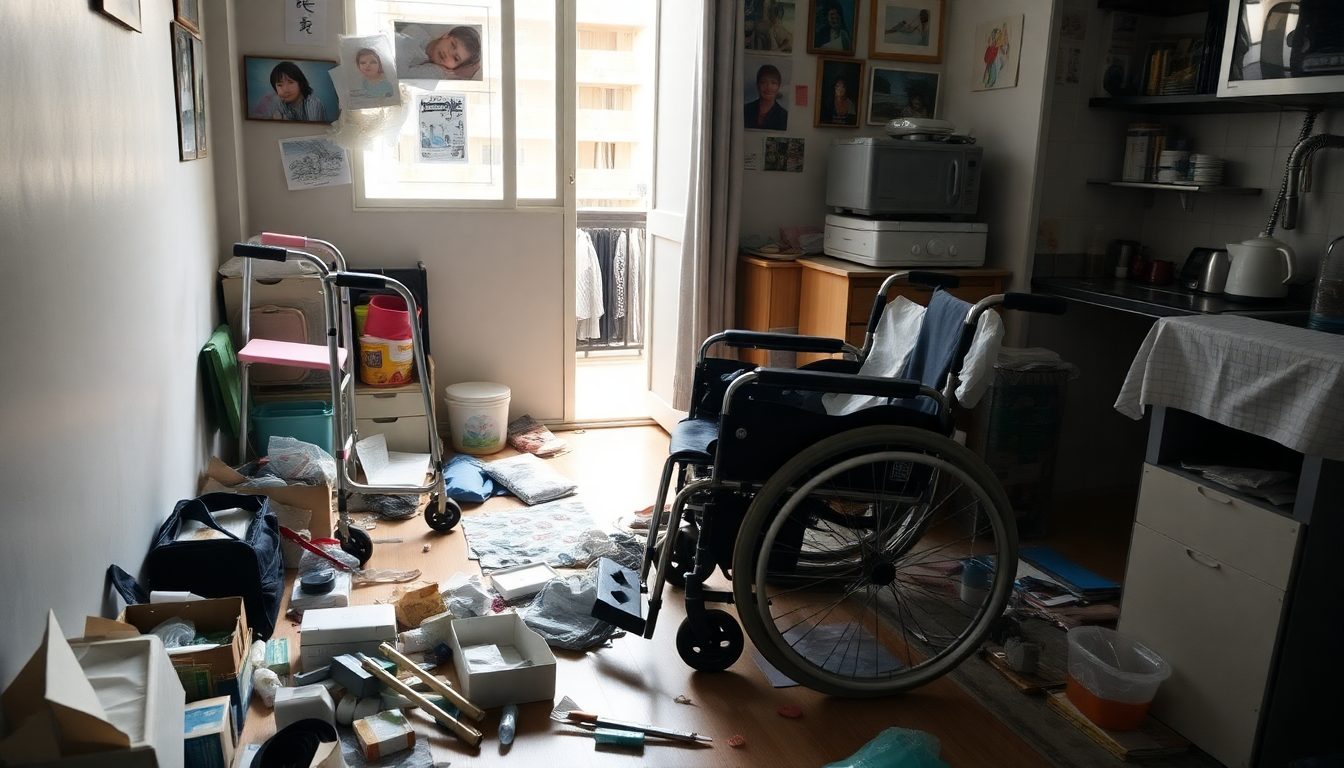Table of Contents
With the recent launch of a government initiative aimed at uncovering hidden cases of at-risk caregivers, there’s a buzzing conversation among social workers and community leaders about how effective this program really is. The pilot scheme focuses on monitoring caregivers in low-income households, especially those living in cramped subdivided flats. Given the rising number of distressing incidents involving caregivers, the need for timely intervention and support is more crucial than ever.
What’s the Government Pilot Scheme All About?
On its first day, the pilot scheme kicked off with the Hospital Authority responsible for sending daily alerts to the Social Welfare Department about caregivers from around 8,000 to 9,000 households. The goal? To ensure that if a caregiver winds up in the hospital, the department can quickly follow up and check on the elderly or disabled individuals they care for. This initiative is a response to troubling incidents that have exposed the vulnerabilities of caregivers, particularly single older adults or elderly couples taking care of one another.
While this scheme is a big step forward in protecting at-risk individuals, concerns about its implementation are surfacing. For example, timing is everything. Imagine if a caregiver is hospitalized during the day, and the authorities only get notified the next morning—this could lead to a significant delay in providing essential care and support to their dependents. Such gaps in communication raise serious questions about how effective the system really is.
Why Timeliness and Effectiveness Matter
Crystal Yuen Shuk-yan, a passionate social worker, has voiced her concerns about possible delays in the notification process. In a recent radio interview, she highlighted the risks if caregivers are incapacitated and there’s no immediate follow-up. Any lapse in communication could mean that vulnerable individuals are left without food or essential services, worsening their situation and possibly leading to tragic outcomes.
The need for a solid monitoring system is evident, especially as more caregivers find themselves overwhelmed by their responsibilities. Many of these individuals face immense emotional and physical strain, which can lead to burnout, health problems, and even heartbreaking results. So, the success of this pilot scheme isn’t just about having a database; it’s also about how effectively that information is used to ensure timely interventions.
How Can We Improve This Initiative?
As the pilot scheme rolls out, it’s crucial for policymakers and stakeholders to consider enhancements that could streamline operations and improve outcomes for at-risk caregivers and their dependents. First and foremost, ensuring that alerts are received in real-time could greatly reduce the risks associated with delayed responses. Investing in technology for immediate notifications could close the gap between the Hospital Authority and the Social Welfare Department.
Moreover, expanding the scope of the pilot program to include thorough assessments of caregivers’ needs could result in more effective support systems. By integrating social services, healthcare providers, and community organizations, we can craft a comprehensive approach that fosters resilience among caregivers and ensures the well-being of those they care for.
Finally, raising public awareness can play a vital role in enhancing understanding and support for caregivers within the community. By nurturing a culture of empathy and support, we can all contribute to safeguarding the welfare of some of our most vulnerable members.


